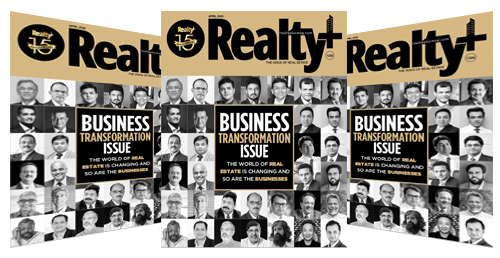UltraTech Cement will raise up to Rs 3,000 crore via private placement of non-convertible debentures in one or more tranches, as the cement maker seeks to strengthen its financial muscle amid intensifying competition.
The Aditya Birla Group’s flagship company announced that its finance committee has approved a proposal to issue rupee-denominated, unsecured, redeemable, and listed non-convertible debentures (NCDs).
UltraTech Cement reported a weak financial performance for Q2 FY2025, with a 36 percent year-on-year (YoY) drop in net profit to Rs 825 crore, missing analyst expectations of Rs 939 crore. Revenue for the quarter declined 2 percent YoY to Rs 15,635 crore, while EBITDA margins contracted sharply by 300 basis points YoY to 12.9 percent. The company also saw its consolidated net debt rise significantly to Rs 8,793 crore as of September 2024, compared to Rs 2,779 crore in March 2024.
Despite subdued margins, UltraTech achieved a 3 percent YoY increase in domestic sales volume during Q2, aided by robust demand. The company cited lower energy costs (down 14 percent YoY) as a partial offset to rising raw material costs.
In June 2024, UltraTech announced a strategic investment of Rs 3,954 crore for a 32.7 percent equity stake in rival India Cements, aiming to strengthen its foothold in South India. The region has emerged as a battleground between UltraTech and the Adani Group, with both players aggressively expanding their market share.
As of March 2024, UltraTech held an 11 percent market share in South India, compared to Adani’s 6 percent, according to industry estimates. This investment complements UltraTech’s earlier deals with Kesoram Industries, underscoring its commitment to defending its leadership in the cement market.
UltraTech recently raised $500 million through a sustainability-linked loan, marking its second such financing after a similar bond issuance in 2021. The company has highlighted the potential for sustainable volume growth of 7–8 percent, driven by increased government infrastructure spending and urban housing demand.







.jpg)



